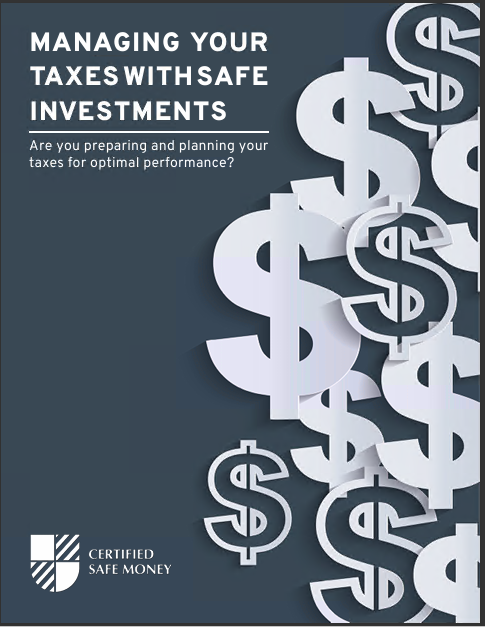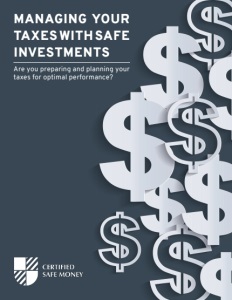Key Takeaways
-
Whole life insurance provides lifelong coverage and accumulates cash value, while term life insurance offers coverage for a specified period without cash accumulation.
-
Whole life generally has higher premiums but offers guaranteed benefits; term life is more affordable but expires without residual value if unused.
Introduction to the Life Insurance Landscape
Choosing between whole life and term life insurance is one of the critical financial decisions you’ll make, affecting your family’s financial security long into the future. Both types of insurance provide financial protection, but each has distinctive features and serves different purposes. Understanding these essential differences will help you choose wisely based on your unique financial goals.
Let’s dive into the 5 essential differences you need to understand before making your choice between whole life and term life insurance.
1. Coverage Duration: Lifetime vs. Limited Term
Whole Life: Lifelong Security
Whole life insurance provides coverage for your entire life, as long as you keep paying the premiums. You don’t have to worry about your coverage ending due to age or health. The policy remains active, giving your loved ones guaranteed benefits upon your passing, whether that happens next year or decades from now.
Term Life: Coverage for a Set Period
Term life insurance, on the other hand, is designed to protect you for a predetermined period—commonly 10, 20, or 30 years. Once the term expires, your coverage ends. If you’re still living at the end of the policy term, you won’t receive any payout or residual benefits.
This fundamental difference impacts how you plan your long-term finances. Whole life offers peace of mind through lifelong coverage, while term life suits shorter-term financial obligations such as mortgage payments or college expenses.
2. Cost Structure: Premium Differences Explained
Whole Life: Higher Premiums, Stable Costs
When you choose whole life insurance, you’ll typically pay higher premiums compared to term life policies. These premiums remain consistent over your lifetime, meaning you’ll pay the same rate at age 70 as you did at age 30. The higher initial costs cover both the insurance and the cash value savings component inherent in whole life policies.
Term Life: Lower Premiums, Temporary Coverage
Term life insurance usually has significantly lower premiums, making it an affordable choice for many families. This lower cost, however, comes with the catch that premiums can spike dramatically if you renew or purchase a new policy later in life, especially as your age increases or your health declines.
Understanding this difference is critical. If you’re budget-conscious now but anticipate increased financial stability in the future, term life could be a cost-effective initial choice. Conversely, if predictable long-term costs appeal to you, whole life might be your best bet.
3. Cash Value: Investment vs. Pure Protection
Whole Life: Building Cash Value
Whole life insurance doubles as a savings vehicle. Part of your premiums goes into a cash value account that grows tax-deferred over time. You can borrow against this cash value or even withdraw from it in certain circumstances. This makes whole life not only insurance but also a financial resource for emergencies or supplemental retirement income.
Term Life: No Cash Accumulation
Term life, by contrast, provides pure protection. Your premiums solely pay for the death benefit coverage—no portion goes toward building cash value. If your policy expires or you cancel it before death occurs, you get nothing in return.
If building a financial resource and an additional safety net appeals to you, whole life is attractive. If your goal is strictly affordable protection during critical years, term life meets that purpose efficiently.
4. Flexibility and Customization: What Are Your Options?
Whole Life: Flexible but Structured
Whole life insurance policies come with built-in features, including fixed premiums, death benefits, and cash accumulation. However, customization options such as riders (policy add-ons for additional coverage) can add versatility. Common riders include accelerated death benefits, disability waivers, and long-term care coverage. But remember, these additions typically increase your costs.
Term Life: Simple, Straightforward, Flexible Terms
Term life policies are generally simpler and more straightforward. They also offer a variety of customizable options regarding term length and benefit amounts. You can easily match the policy length to specific financial responsibilities, like paying off a 15-year mortgage or funding education for your children over 20 years.
Deciding between simplicity and structured flexibility can greatly impact your overall satisfaction and peace of mind with your policy choice.
5. Suitability Based on Life Stage and Goals
Whole Life: Ideal for Long-Term Planning and Estate Preservation
Whole life is often suitable for long-term financial planning. It’s particularly beneficial for estate planning, providing guaranteed funds to your heirs. If you have dependents who might rely on you financially beyond typical life stages—such as a special-needs child—whole life’s permanent coverage can offer tremendous reassurance.
Term Life: Perfect for Temporary Financial Obligations
Term life is typically chosen by people looking to cover specific temporary financial responsibilities. Younger families often opt for term policies to protect their dependents until major financial obligations, like mortgages or education costs, are fulfilled. The temporary coverage allows for lower premiums during financially demanding life stages.
Assessing your current life stage and anticipated financial responsibilities is vital when deciding between whole life and term life.
Weighing Your Decision: Matching Needs to Policies
Choosing between whole life and term life insurance ultimately depends on your individual circumstances. If stability, long-term coverage, and financial growth are appealing, whole life might align perfectly with your needs. If you prefer affordability, simplicity, and short-term financial protection, term life could be your ideal choice.
Take time to reflect on your current finances, future goals, and family situation. Also, consider speaking with a financial advisor who can help tailor your choice to your precise circumstances.
Making Your Insurance Decision Easier
Knowing these five essential differences equips you with the clarity to make a thoughtful insurance decision. Both whole life and term life policies offer significant advantages. Your best choice hinges on clearly understanding your financial landscape and what you value most—immediate affordability or long-term security and financial accumulation.
Evaluate your goals, budget, and family’s needs closely. Remember, selecting the right insurance is not just about protecting your loved ones but also about securing your peace of mind for years or even decades to come.
Secure Your Financial Future Today
Don’t delay your decision—financial security is one of the greatest gifts you can give your family. Carefully weigh the benefits and drawbacks of whole life versus term life insurance based on these key differences. Then choose confidently knowing you’ve made a fully informed decision.














